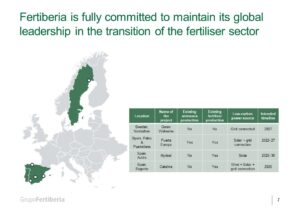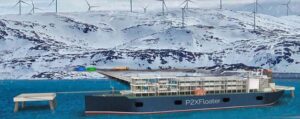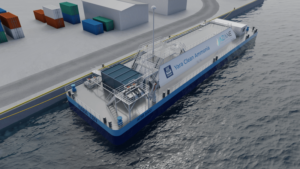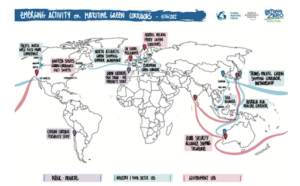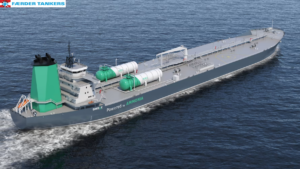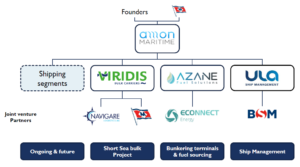Renewable ammonia: key projects & technologies in the emerging market
For the latest episode of Ammonia Project Features, we explored the ongoing renewable ammonia project in Puertollano, Spain. Marc van Doorn (Grupo Fertiberia) and Imanol Arrizabalaga Prado (Nel ASA) discussed progress to date and technologies used at the first large-scale, electrolysis-based hydrogen facility in Europe, which is operated by renewable energy developer Iberdrola. We also considered what other pioneering projects are on the horizon, and how can electrolyzer manufacturers like Nel scale-up to meet growing demand?
